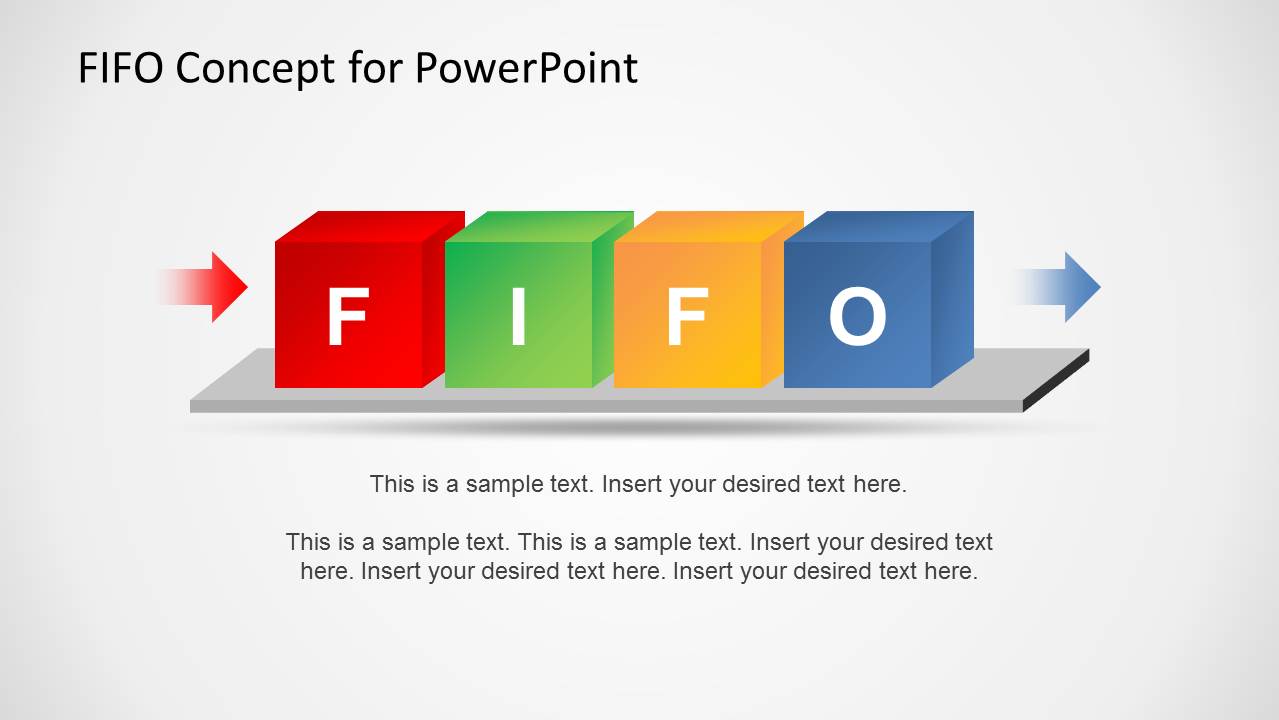
For example, businesses with a beginning inventory of perishable goods will usually choose FIFO, since it’s in their best interest to sell older products before they expire. Using the appropriate inventory valuation system can help track real inventory management practices. Since the cost of labor and materials is always changing, FIFO is an effective method for ensuring current inventory reflects market value. Older products are assumed to have been purchased at a lower cost, so when they’re sold first the remaining inventory is closer to the current market price.
FIFO vs. LIFO
- Knowing how to manage inventory is a critical tool for companies, small or large; as well as a major success factor for any business that holds inventory.
- Whether you need an eagle eye into the hundreds of items you sell or if you just want to stay on top of your stock, there’s an inventory management solution that’s right for you.
- Under LIFO, Company A sells the $240 vacuums first, followed by the $220 vacuums then the $200 vacuums.
- LIFO, or Last In, First Out, is an inventory value method that assumes that the goods bought most recently are the first to be sold.
- In contrast, the LIFO inventory valuation method results in a higher COGS so the company can claim a greater expense.
- With the FIFO method, since the older goods of lower value are sold first, the ending inventory tends to be worth a greater value.
The second way could be to adjust purchases and sales of inventory in the inventory ledger itself. The problem with this method is the need to measure value of sales every time a sale takes place (e.g. using FIFO, LIFO or AVCO methods). If accounting for sales and purchase is kept separate from accounting for inventory, the measurement of inventory need only be calculated once at the period end.
What Type of Business FIFO Is Best For?
In a business context, inventory valuation methods can significantly influence financial performance. Understanding FIFO and its implementation is essential for accurate financial reporting and efficient inventory management. If all you have read thus far has piqued your interest, let us assess the many ways in which the FIFO method can be implemented in your business, the way that your business needs. Adopting the FIFO method can streamline inventory management and enhance financial accuracy, but successful implementation requires careful planning and execution. Businesses must consider various factors, from selecting the right software solutions to training employees and maintaining accurate records.
Often Reflects Actual Inventory Movement
First In, First Out is a method of inventory valuation where you assume you sold the oldest inventory you own first. It’s so widely used because of how much it reflects the way things work in real life, like your local coffee shop selling its oldest beans first to always keep the stock fresh. First-in, first-out (FIFO) is one of the methods we can use to place a value on the ending inventory and the cost of inventory sold.
This means that if inventory values were to plummet, their valuations would represent the market value (or replacement cost) instead of LIFO, FIFO, or average cost. During periods of inflation, FIFO can affect financial statements in several ways. The cost of goods sold may appear artificially low, while the ending inventory value is higher. This can create a mismatch between revenues and expenses, making it challenging to assess true profitability. Investors and analysts must be aware of these nuances when interpreting financial statements prepared using FIFO.

How Do You Calculate FIFO?
If we apply the FIFO method in the above example, we will assume that the calculator unit that is first acquired (first-in) by the business for $3 will be issued first (first-out) to its customers. By the same assumption, the ending inventory value will be the cost of the most recent purchase ($4). When a business buys identical inventory units for varying costs over a period of time, it needs to have a consistent basis for valuing the ending inventory and the cost of goods sold.
Under the LIFO method, assuming a period of rising prices, the most expensive items are sold. This means the value of inventory is minimized and the value of cost of goods sold is increased. This means taxable net income is lower under the LIFO method and the resulting tax liability is lower under the LIFO method. The First-In, First-Out (FIFO) method assumes that the first unit making its way into inventory–or the oldest inventory–is the sold first. For example, let’s say that a bakery produces 200 loaves of bread on Monday at a cost of $1 each, and 200 more on Tuesday at $1.25 each.
So, as you organize your vanity drawers or the space under your sink, be sure to put the older products you have front and center—to ensure you use them first—and send any newer products to the back. With the help of above inventory card, we can easily compute the cost of goods sold and ending inventory. Let’s say on January 1st of the new year, Lee wants to calculate the cost of goods sold in the previous year.
Learn more about what FIFO is and how it’s used to decide which inventory valuation methods are the right fit for your business. FIFO and LIFO have different impacts on inventory valuation and financial statements as a result of inflation. In a normal inflationary economy, prices of materials and labor steadily rise. Thus, goods purchased earlier were normally bought at a lower cost than goods purchased later. When sales are recorded using the tax software for accountants bookkeepers and tax agents, the oldest inventory–that was acquired first–is used up first. FIFO leaves the newer, more expensive inventory in a rising-price environment, on the balance sheet.
